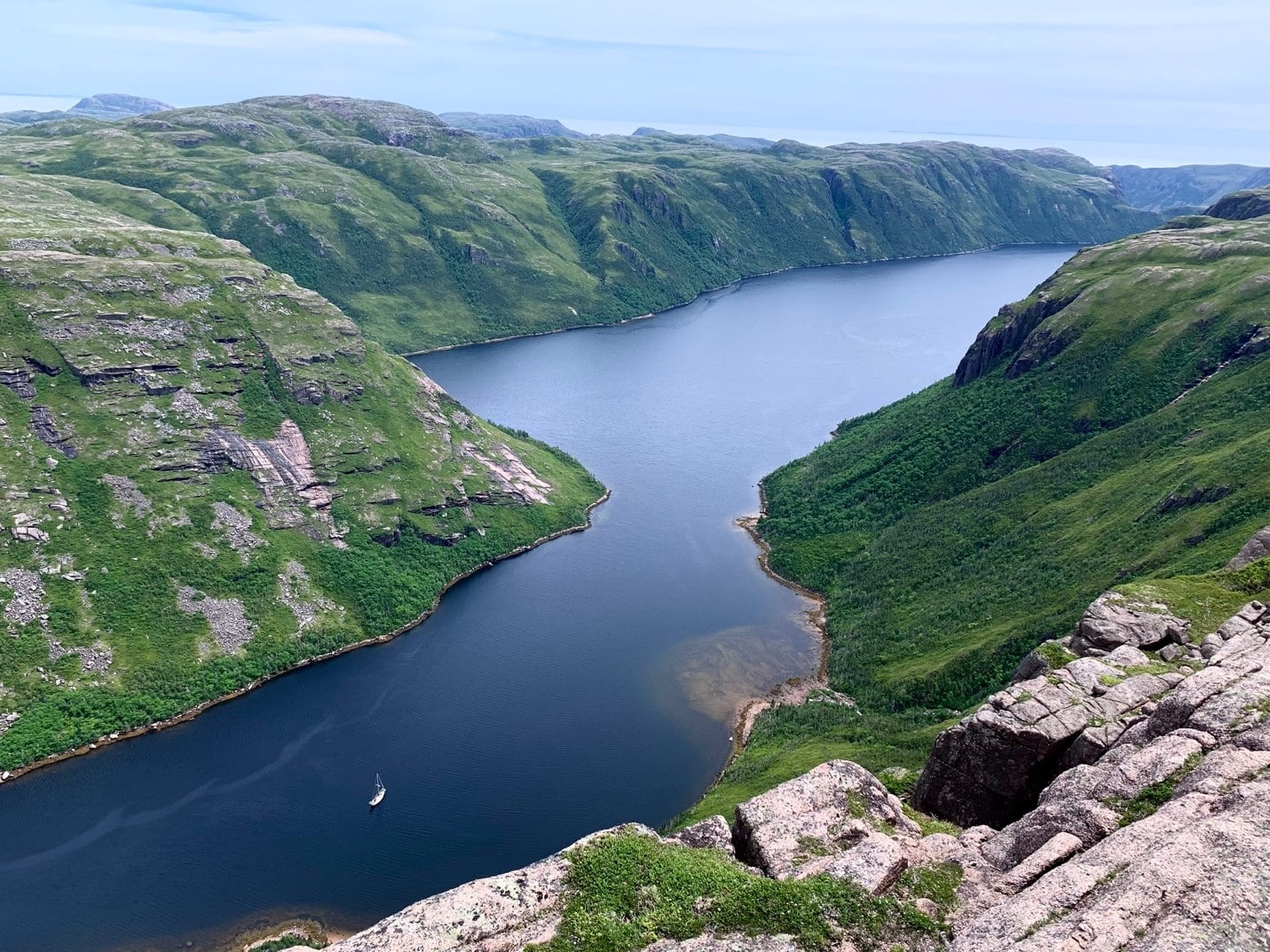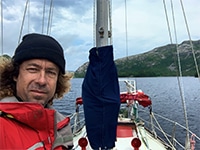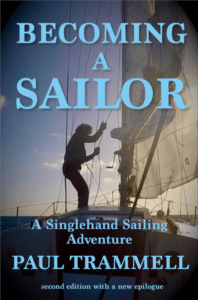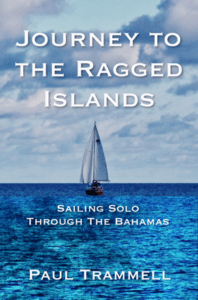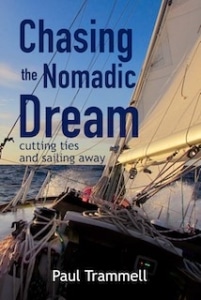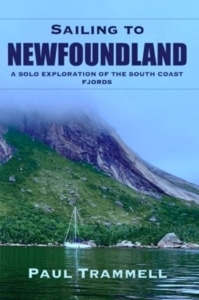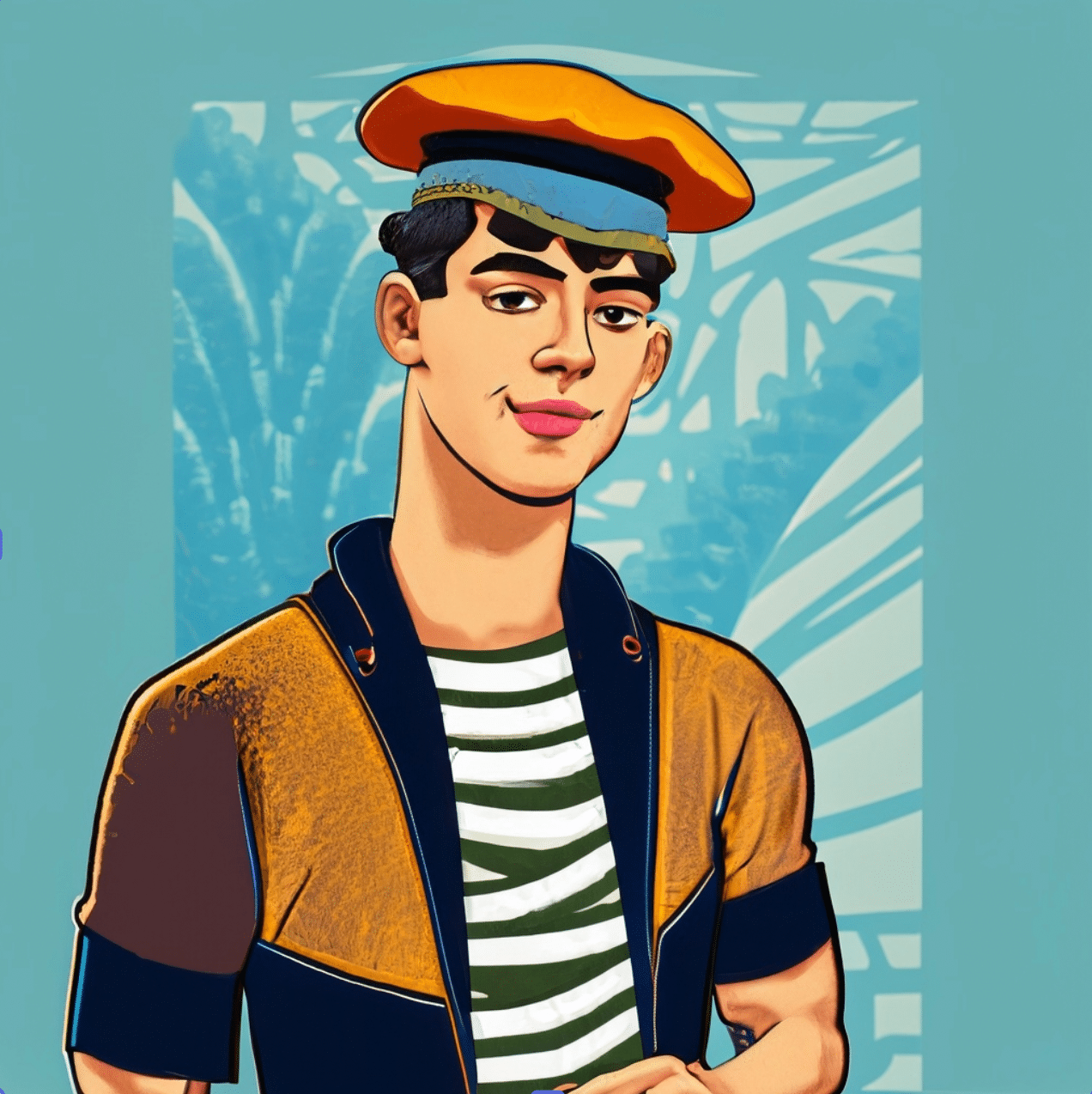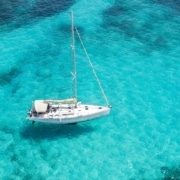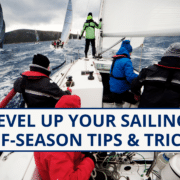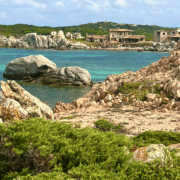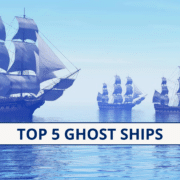Sailing the Fjords of Newfoundland
by Paul Trammell
One of the greatest feelings is that which comes from making landfall at a destination which you have built up in your mind as a remote and exotic place, a place which has long been a goal, a place you have studied on the charts and satellite photos, a place you have talked about and
dreamed about. Traveling to such places is why some of us sail, especially if they are only accessible by boat.
When I first started sailing, The Bahamas was my goal, and I sailed there, and it was everything I hoped for and more. After having sailed there twice, I began wondering where else I wanted to go. I was hungry for real adventure, and I wanted to sail somewhere with anchorages free of any sign of mankind. I wanted pure nature, with no houses in sight or roads in earshot.
I spent some time on Google Earth looking at the east coast of the USA, and as I expected, it was all populated. I thought I might find what I was looking for in Maine, but even there, I found roads and houses all along the coast. There probably are exceptions in Maine, but I wanted real isolation and deep nature, not just an exception.
I continued scrolling north. Nova Scotia was next, and there I found one or two places that fit the bill, but it still didn’t fit the big goal. I kept scrolling.
The next landmass north was the island of Newfoundland, and there it was, exactly what I was looking for right in the middle of the south coast. Here, fjords penetrate miles deep into the island with no houses or roads nearby. About 75 nm of coast, between Burgeo and Hermitage, is roadless, with only three sparsely populated settlements. In this stretch of wild coast are about 16 fjords, the longest of which is ten miles, and within these are many anchorages. The nearest road to the north, if you were to hike inland, is about eighty miles away.
Two years after making this my big sailing goal, I reached Deadman’s Cove in Cape LaHune Bay, and dropped anchor in by far the most remote and magical place I had ever seen. All my expectations were surpassed in that moment. In front of me was a bowl-shaped green valley, scraped by a glacier long ago. To my left rose a 1200’ cliff, the top of which was obscured by clouds. A waterfall snaked its way down the cliff and giant boulders sat in the water at its base. A creek flowed into the water where the valley met the bay and another mountain stood to my right. If Bilbo Baggins and Gandalf the Grey had walked by in that moment, I would not have been surprised.
I arrived in late June and explored the fjords until the end of August, during which time I saw exactly six other cruising boats. I was usually alone in the anchorages. July and August is the sailing season. Any earlier and it’s still cold with increased risk of encountering floating ice. September is warm and I am told is a favorite month of the locals, but for us, it brings increased risk of winter storms and hurricanes. In fact, right after I left, Hurricane Earl hit Newfoundland while I hid in the protected waters of Shelburne, Nova Scotia. I was also told that if I was going to the Azores, to leave by mid-July, to avoid the worst risk of hurricanes.
If deep raw nature is your thing, and you are willing to sail in a remote area and be completely self-sufficient, and you are good at anchoring, then Newfoundland might be a place to put on your bucket list. I documented my journey and adventures there in my book Sailing to Newfoundland which can be found here. Look me up if you want any advice about the fjords, and happy sailing!
Thanks for reading my article.
Paul Trammell

